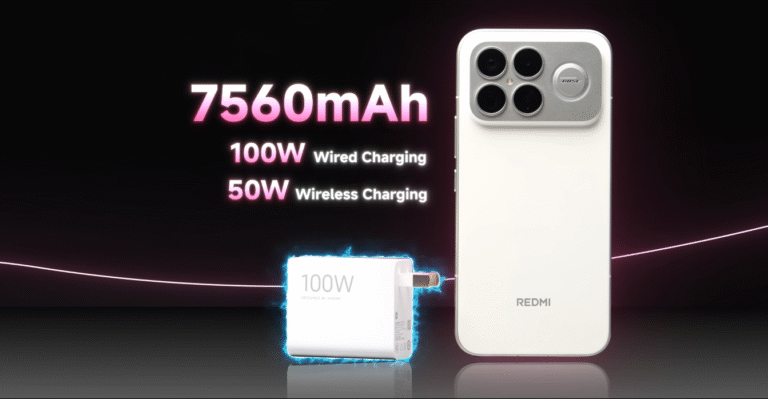Nothing Phone (3a) Lite vs. Google Pixel A-series: camera vs cost
Analysing value, photography and pricing in two budget ranges
When you’re shopping for a budget-friendly smartphone that still delivers on camera capability and long-term value, the choice between the Nothing Phone (3a) Lite and a device from the Google Pixel 7a (or similar Pixel A-series model) is especially interesting. Both aim to deliver great everyday performance without flagship prices, but their priorities differ. In this comparison we’ll explore how camera performance stacks up against cost, and which phone might suit you best in the UK and similar markets.
Starting with the Nothing Phone (3a) Lite, you get a 50-megapixel main rear camera, supported by an 8 MP ultra-wide lens and a 2 MP macro lens. The front camera is 16 MP. The device comes with a 6.77-inch AMOLED display, 120 Hz refresh rate and is powered by a MediaTek Dimensity 7300 Pro chipset. It launched in the UK/Europe at around £249 for the 128 GB model and around £279 for 256 GB. The spec sheet also mentions up to 2 TB microSD expansion and a 5,000 mAh battery.
In terms of value, it offers one of the most affordable entries into a visually distinctive design and reasonable camera hardware for the price.
On the Pixel side, the Pixel 7a (as a representative of the Google A-series) offers a 64 MP main camera paired with a 13 MP ultra-wide lens, and a front-facing 13 MP unit. It has Google’s flagship-level camera processing and features such as strong night mode, photo editing tools and typically better image processing. At launch the 7a cost around £449 in the UK. The subsequent Pixel 8a is similarly priced (~£499 at launch) and offers 64 MP + 13 MP camera setup, high-end software and a strong update promise.
So, cost-wise the Nothing Phone (3a) Lite is significantly cheaper—almost half the cost of the Pixel 7a at launch. But camera-wise, while the Nothing model has a decent main sensor, reviews point out that its ultra-wide is weaker and the macro lens offers limited value. One review summarised: “the 50 MP shooter is capable, if a little slow … the 8 MP ultrawide is poor, and the 2 MP macro is a complete waste of time.”
In contrast, Pixel models tend to deliver consistently strong camera output across lighting conditions, thanks to Google’s software optimisations.
Which means: if your priority is “get the most camera quality and software polish” and you’re willing to spend more, the Pixel A-series is the better bet. If your priority is “spend less but still get a large display, decent camera and good design” then the Nothing Phone (3a) Lite gives better cost-value trade-off.
But there are caveats. The Nothing phone’s ultra-wide and additional lenses aren’t at the level the Pixel delivers; also some key features (e.g., wireless charging, flagship-level zoom) may be missing. Meanwhile the Pixel’s higher price means you’re paying quite a bit more for that extra camera capability and software refinement.
From a UK buyer’s perspective: if you expect to keep the phone for a few years and want good photos across more scenarios (night, zoom, ultra-wide) then the Pixel 7a or Pixel 8a make more sense. If you mostly do everyday snaps, social media images, and value design and cost savings, then the Nothing Phone (3a) Lite is a very sensible pick.
In summary: cost versus camera is a clear trade-off between these two ranges. The Nothing Phone (3a) Lite gives strong design and main-camera value for a low price. The Pixel A-series gives stronger imaging performance, better overall camera versatility and longer software support — at a higher price. Choose based on what you prioritise most: budget and style, or camera excellence and software longevity.






